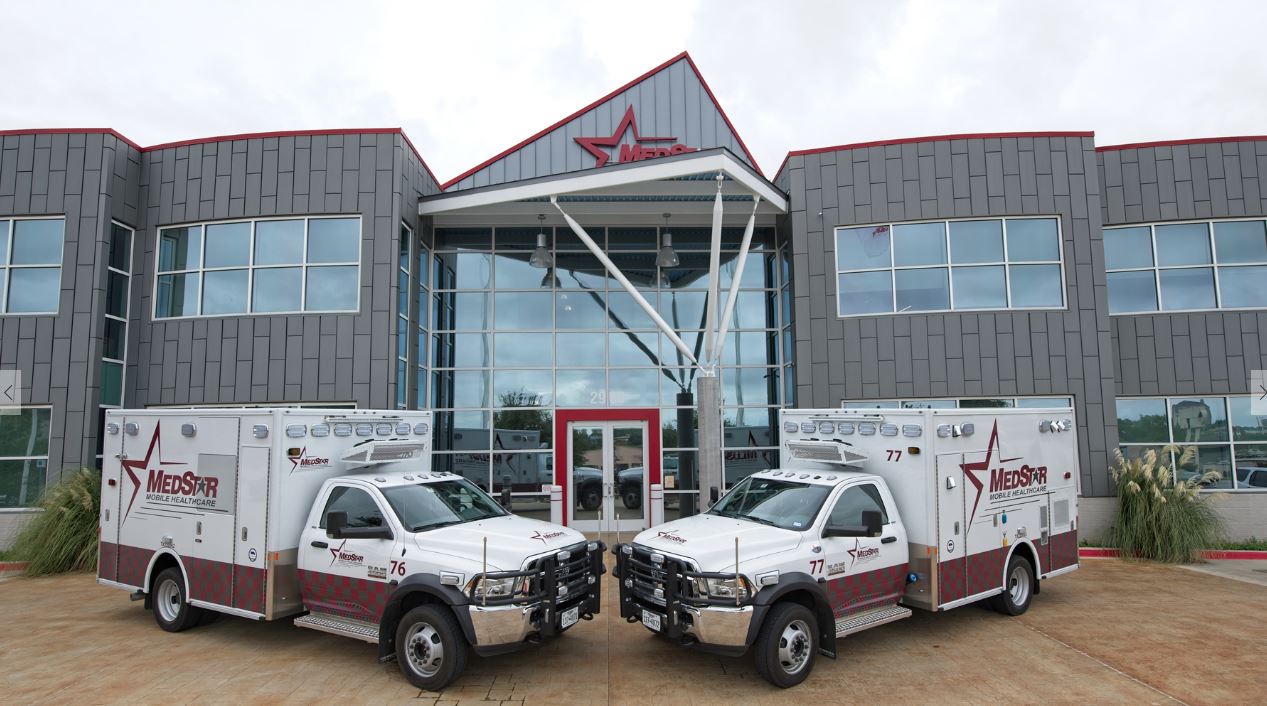Since 2017, MedStar has responded to 44 drowning incidents. Of these, 28 were patients 15 or younger and 21 were under 5. 30 patients were transported to area hospitals, 19 of them in critical condition.
The World Health Organization identifies drowning as the 3rd leading cause of unintentional injury death[i]. According to the Centers for Disease Control and Prevention, drowning ranks fifth among the leading causes of unintentional injury death in the United States[ii]. For children, drowning is the 2nd leading cause of accidental death[iii]. According to media reports compiled by the USA Swimming Foundation, during the period between Memorial Day and Labor Day 2017, at least 163 children younger than age 15 fatally drowned in swimming pools or spas. Of the 163 reports, 112 of the victims — nearly 70 percent — were children younger than age five[iv].
- Actively supervise children whenever around water – even if lifeguards are present.
- Momentary distractions such as phone calls, using the restroom, or someone at the door can provide enough time for a child to access the pool and quietly slip under water.
- If you have a pool, secure it with appropriate barriers—many children who drown in home pools were out of sight for less than five minutes and in the care of one or both parents at the time.
- Install a four-sided barrier, such as a fence with self-closing gates completely surrounding the pool.
- If the house forms the fourth side of the barrier, install alarms on doors leading to the pool area to prevent children from wandering into the pool or spa. Also install safety covers and perimeter or in-water alarms as additional layers of protection.
Practice safe habits in and around the water:
- Teach children to always ask permission to go near water.
- Remove floats, balls and other toys from the pool and surrounding area immediately after use.
- The presence of these toys may encourage children to enter the pool area or lean over the pool and potentially fall in.
- Know how and when to call 9-1-1.
Know how to respond to water emergency:
Seconds count—learn CPR.
CPR performed by bystanders has been shown to save lives and improve outcomes in drowning victims.
The more quickly CPR is started, the better the chance of improved outcomes.
If a child is missing, check the water first. Seconds count in preventing death or disability.
If someone is in the water and needs help, reach or throw something out to them – don’t go in unless you are trained.
If the drowning is in a lake, find a landmark where the victim went underwater that is not subject to wind or tides. Knowing where exactly to start a search will speed the process.
Have rescue and first aid equipment available at the pool, such as reaching or throwing equipment, a cell phone, life jackets and a first aid kit.
[i] http://www.who.int/news-room/fact-sheets/detail/drowning
[ii] 1.Centers for Disease Control and Prevention, National Center for Injury Prevention and Control. Web-based Injury Statistics Query and Reporting System (WISQARS) [online]. [cited 2012 May 3]. Available from: URL: http://www.cdc.gov/injury/wisqars.[iii] Fort Worth Drowning Prevention Coalition – http://www.fwdpc.org/






